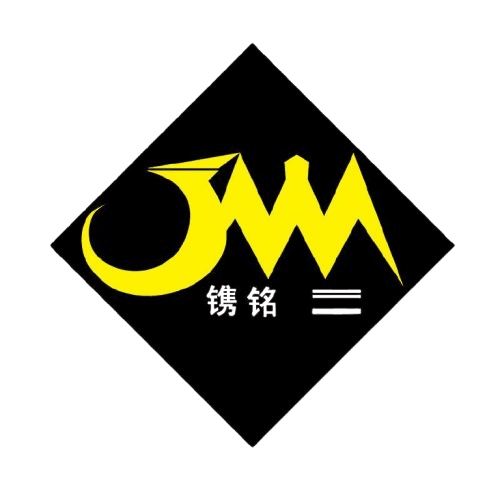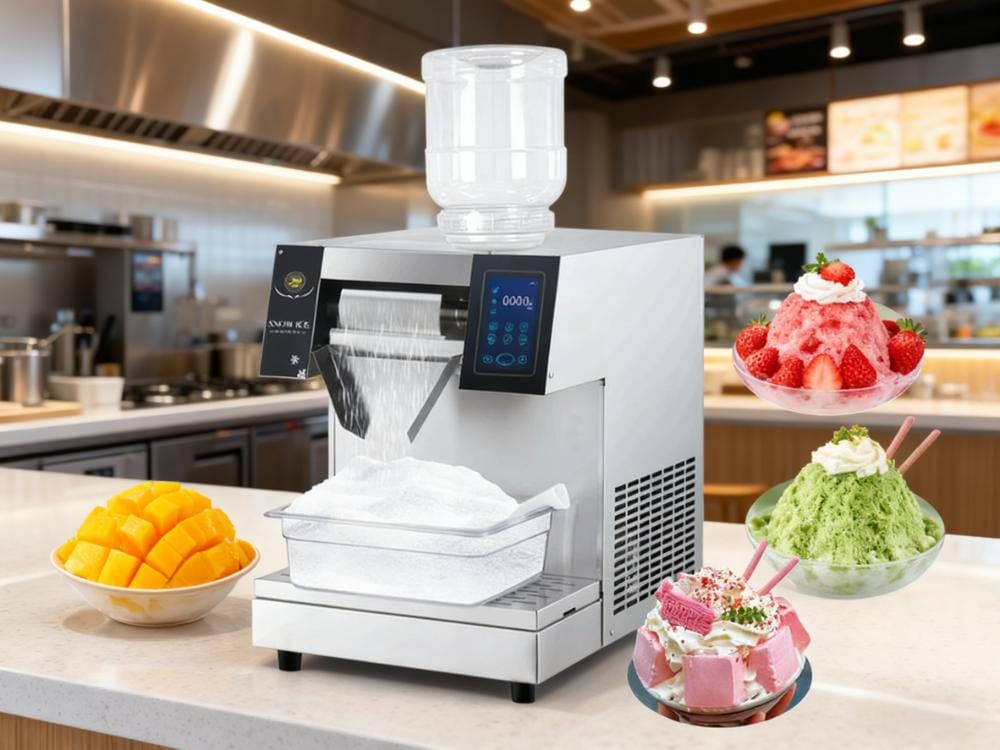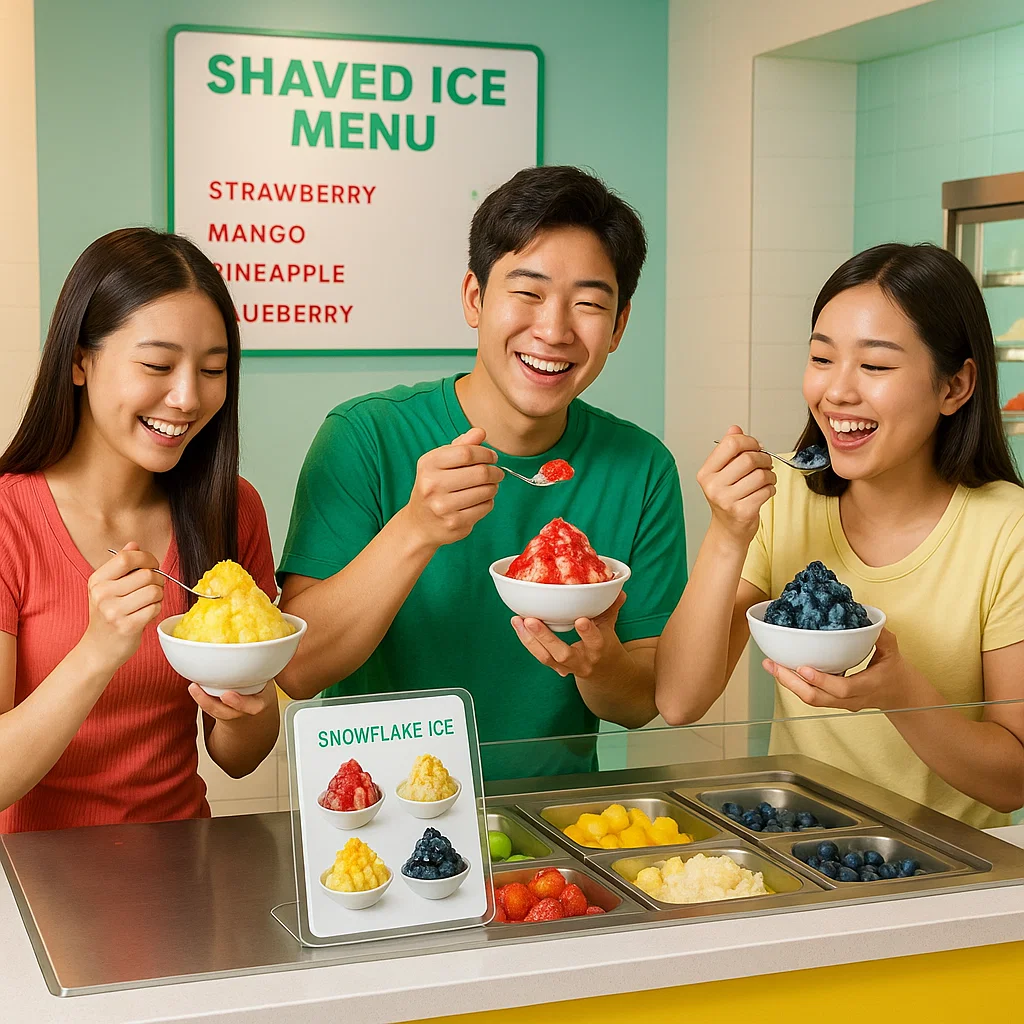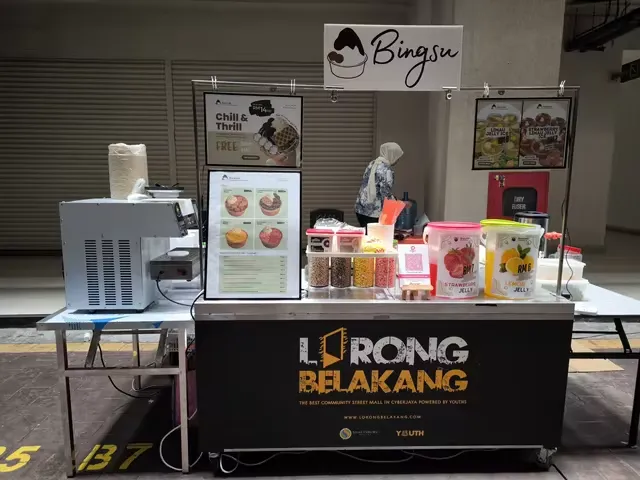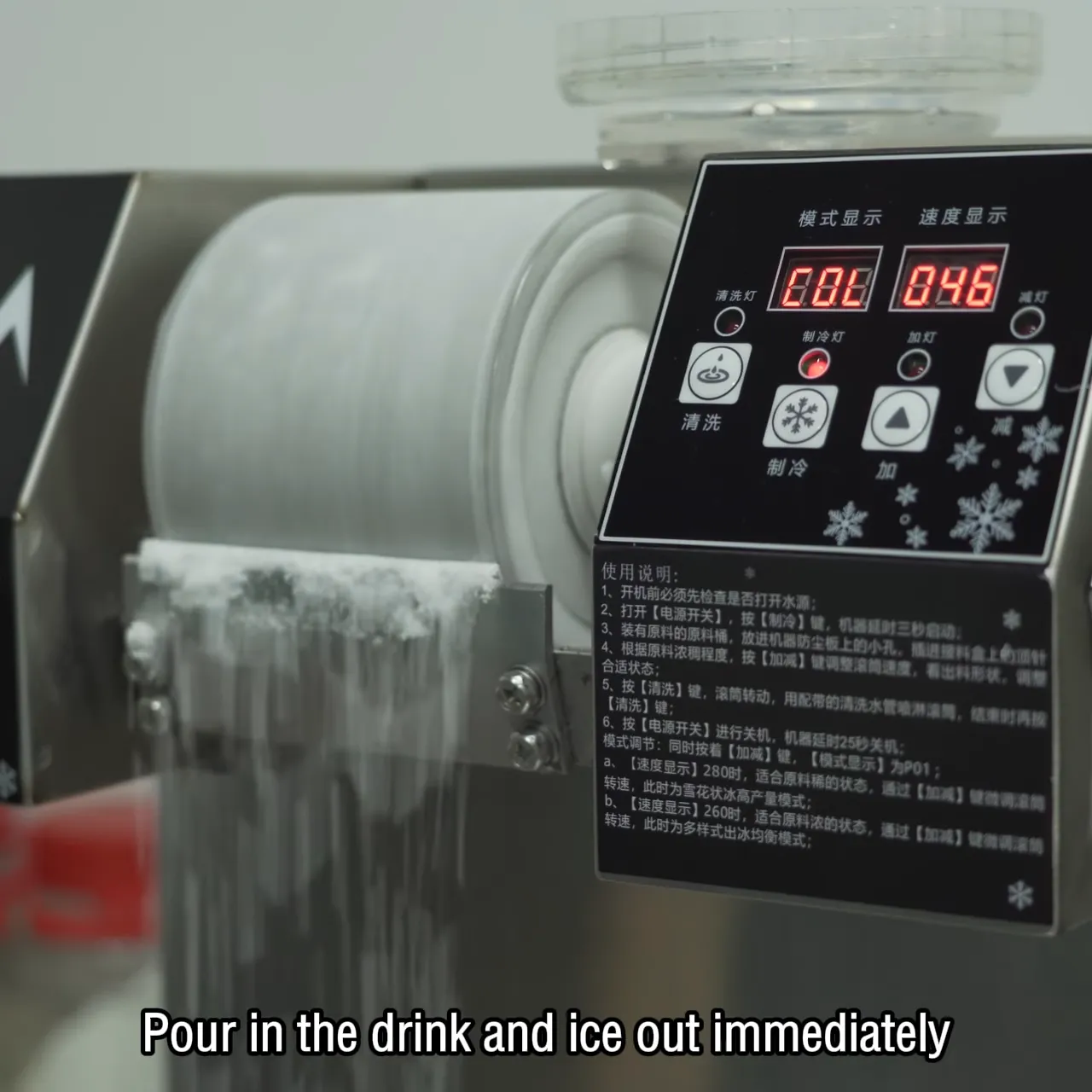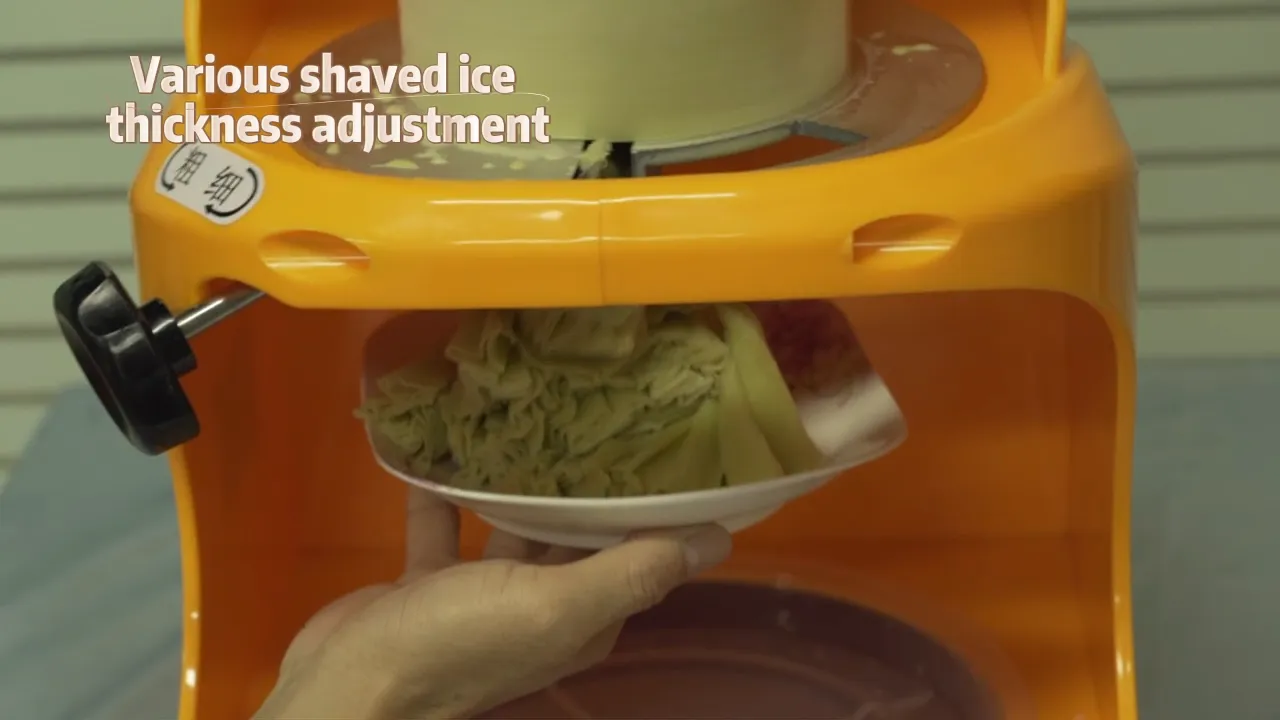1. Global Market Landscape: Clear Regional Differentiation and Targeted Category Penetration
The global commercial kitchen equipment market currently follows a three-pillar structure: “Asia-Pacific leading in growth, Europe focusing on high-end products, and the Middle East expanding rapidly”. Leveraging cost control and production capacity advantages, China’s supply chain has achieved large-scale penetration in the mid-to-low-end market. Export performance of different product categories also shows distinct features due to varying regional demands.
1.1 Asia-Pacific: The Largest Growth Market, Focused on “Adaptability”
Asia-Pacific is the fastest-growing region for commercial kitchen equipment demand globally. In 2024, it accounted for over 35% of global soft-serve ice cream machine sales. Japan stands out in particular: for heat-resistant glassware alone, China’s annual exports to Japan reached 114.54 million RMB. Additionally, snow ice machines—widely used in Japanese dessert shops—have seen a 12% annual penetration rate increase in the Kanto and Kansai regions (meaning 1.2 out of every 10 newly opened Japanese dessert shops opt for Chinese-manufactured equipment).
South Korea prioritizes “intelligence to reduce labor costs”: as AI grill robots (e.g., “GRILL X”) are gradually adopted, imports of Chinese-made smart cooking equipment keep rising. The core demand of local catering businesses is clear—solving labor shortages. For example, a single automated stir-fry machine can cut kitchen labor costs by 40%, perfectly addressing the “labor shortage” pain point in South Korea’s catering industry.
1.2 Europe: High Barriers and High Margins, with Standards as Key Entry Hurdles
Europe’s market is defined by “high entry barriers and high profit margins”: while Chinese equipment holds 55% of the market share, most products are concentrated in the mid-to-low-end segment. The EU has imposed anti-dumping measures on Chinese ceramic kitchenware since 2013, and their impact persists today—previously, businesses could avoid the 36% high tariff by transshipping through third countries, but this loophole has now been largely closed.
What makes things more complex is the varying standards across European countries:
- France has the dedicated NF D 40 series standards (covering safety and energy efficiency for 12 core commercial kitchen equipment types, including fryers and grills). The newly added NF D 40-023 standard (2023) explicitly requires gas stoves to have a thermal efficiency of no less than 62%.
- Germany uses the DIN 18873-3 standard to regulate fryer energy consumption, mandating that equipment must display two key parameters: “standby power” and “heating rate”. Missing either parameter means the product cannot enter the market.
1.3 Middle East: Policy-Sensitive, with Tariffs and Certification Shaping Market Access
The Middle East is the most policy-sensitive market, especially Saudi Arabia. Its SABER certification system has strict requirements:
- Commercial equipment must provide a Certificate of Conformity (COC) containing 20 statutory information items.
- Wooden packaging must pass ISPM15 fumigation treatment.
- Even outer box labels must include warning content in both Arabic and English.
Tariffs follow a “tiered structure”:
- Shipments valued below 266 USD can enter duty-free.
- Those exceeding this amount are subject to a uniform 15% tariff.
- There is an exception, though—kitchen equipment for oil and gas industry supporting projects enjoys duty-free status. This policy difference gives Chinese fryers a strong price advantage in oil and gas field logistics kitchen projects, outperforming equipment from other regions.
2. Technological Iteration: From “Cost Competition” to “Technology-Driven”, with Compliance and Customization as Core
China’s commercial kitchen equipment exports are shifting from “winning markets with low prices” to “breaking barriers with technology”. Meeting regional energy efficiency standards, integrating smart functions, and adapting to specific scenarios have become three core directions for market breakthroughs—these technological capabilities not only determine whether products can enter local markets but also influence their pricing potential.
2.1 Energy Efficiency Compliance: No Compliance, No Market Access
Regional energy efficiency standards have become the “first entry hurdle” for Chinese equipment exports. Europe’s standard system follows a “EU framework + national refinement” model:
- For commercial refrigeration equipment, compliance with DIN EN ISO 22042 is now mandatory. Replacing the 2018 version, this standard tightens temperature fluctuation control accuracy from ±2℃ to ±0.5℃ (equivalent to a maximum temperature difference of 1℃ inside the refrigerator, ensuring stricter food preservation).
- France has even stricter requirements for fryers: even when idle, their hourly energy consumption cannot exceed 0.3 kWh—higher than the EU average standard.
To meet these demands, leading Chinese enterprises have completed technological upgrades. For example, their Energy Efficiency Class A++ ice cream machines (the highest energy efficiency rating in Europe, reducing energy consumption by over 20% compared to standard Class A equipment) have increased compressor efficiency to 3.2 EER (Energy Efficiency Ratio, a higher value means better energy conversion). This is 35% more energy-efficient than traditional models, allowing them to enter the supply chains of high-end French catering brands.
2.2 Smart Upgrades: “Customized Functions” Based on Regional Needs
Intelligence is not a “one-size-fits-all” solution but requires adjustments to regional needs:
- In South Korea, the core of smart equipment is “precision quality control”. For instance, AI visual recognition-enabled grills use 12-megapixel cameras to monitor food in real time, combined with 360° rotating stir-frying. This boosts the qualification rate of grilled meat from 78% (manual operation) to 95%, avoiding overcooking or undercooking.
- In Southeast Asia, “basic automation” is more in demand. Take the kitchen of Megmeet’s factory in Thailand: a Chinese-made automatic meal collection system operates without manual intervention—conveyor belts send used tableware to residue removers, processing 1,200 sets of tableware per hour, three times more efficient than traditional manual work.
Notably, smart equipment must also “adapt to local culture”:
- For models exported to the Middle East, religiously sensitive symbols must be removed from control interfaces.
- Operation manuals must be written in Arabic and comply with Islamic cultural norms—otherwise, local businesses will not purchase the products.
2.3 Form Innovation: Modular Design + Scenario Customization, Breaking Category Boundaries
Innovation in product form is also helping Chinese equipment gain market share, with “modular design” and “scenario customization” as core strategies:
- In Spain, the popular Gastronorm standard for stainless steel kitchenware (with specifications ranging from GN 1/1 to GN 1/6, like interlocking Lego bricks) has pushed Chinese manufacturers to develop detachable cooking units. A single fryer can combine “frying, heat preservation, and filtration” functions through modular assembly, perfectly adapting to the “small kitchen space” needs of small chain restaurants.
- Snow ice machines follow a “scenario-specific” path:
- Models for Japanese convenience stores have a daily ice production capacity reduced to 20 kg (with an input power of only 180 W, equivalent to the power consumption of a regular light bulb), suitable for convenience stores’ “small-batch, high-frequency” ice needs.
- Models for the Middle East emphasize moisture-proof design, maintaining stable ice production even in 55% humidity environments (similar to the humid rainy season in southern China).
3. Trade Advancement: Beyond “Selling Products” to “End-to-End Services”
For China’s cross-border trade in commercial kitchen equipment, the competitive focus has shifted from “whether products can be shipped abroad” to “whether end-to-end service capabilities (from compliance to after-sales) can be provided”. Different regional markets require tailored strategy systems.
3.1 Proactive Compliance: Prepare in Advance to Avoid Risks
Compliance cannot be “remedied after the fact”—it requires advance planning:
- For the EU market, enterprises must establish anti-dumping risk prevention mechanisms. In 2019, over 30 Chinese enterprises were retroactively fined 15 million EUR for evading tariffs via third-country transshipment—a case that highlights the importance of compliant declaration.
- In Saudi Arabia, compliance focuses on “complete documentation”: the three core documents (SASO certification, CCI certificate of origin, and Arabic operation manual) are mandatory. Missing any one results in a daily fine of 200 Saudi Riyals (approximately 380 RMB) during customs clearance. It is recommended that enterprises use the “pre-classification verification” method—checking regulatory requirements for their product’s HS code in advance via Saudi Arabia’s FASAH tariff portal. This can shorten customs clearance time by over 30%.
3.2 Channel Deepening: “Localization” for Mature Markets, “Demonstration” for Emerging Markets
Channel strategies vary by market type:
- For mature markets like Spain, “localized supply chain cooperation” is key. For example, Changsha Chengtong provides OEM services for major local supermarkets (e.g., Lidl, Mercadona), increasing annual shipments of stainless steel kitchenware to 500,000 units—meaning 1 out of every 10 stainless steel kitchenware items sold in supermarkets is made by Chinese manufacturers.
- For emerging markets (e.g., Thailand), the “project + channel” dual-track model works better: first undertake corporate kitchen projects (e.g., the kitchen renovation of Megmeet’s factory) to create demonstration cases. Once customers see the equipment’s performance and efficiency, local distributors can be developed to gradually expand the market.
Payment risk control is also critical: for the Middle East market, it is recommended to use “irrevocable letters of credit” and explicitly require SASO certification as a prerequisite for payment. This significantly reduces the risk of customer payment default.
3.3 Service Extension: After-Sales and Training to Boost Customer Loyalty
Services have become a “key value-added point”:
- Japan has extremely high requirements for after-sales response speed. Leading Chinese enterprises have established two service centers in Tokyo and Osaka, promising on-site maintenance within 48 hours of equipment failure—faster than local brands.
- In Europe, “energy efficiency management services” are offered: by remotely monitoring equipment operation data (e.g., daily energy consumption, operating hours), customers can optimize usage habits, ultimately reducing kitchen energy consumption by an additional 15%.
- For markets with high technical barriers (e.g., South Korea), “training empowerment” is essential. Providing AI kitchen system operation training to local franchisees reduces equipment startup failure rates from 12% to 3%—when customers use the equipment smoothly, their likelihood of repurchasing and recommending it increases significantly.
4. Trend Forecast: Seize Three Opportunities, Guard Against Two Risks
Over the next 3–5 years, China’s commercial kitchen equipment exports will see structural opportunities, but enterprises must also remain vigilant about policy and competitive risks and prepare countermeasures in advance.
4.1 Three Definite Opportunities
- Southeast Asia’s Basic Automation Equipment Market: Currently, the catering chain penetration rate in the region is only 25%, and it is expected to rise to 40%. Demand for entry-level equipment (e.g., single-tank double-sieve electric fryers) will grow at an annual rate of 18%—meaning demand will double every 5 years.
- Europe’s High-End Smart Equipment Track: AI cooking units that meet both French NF and German DIN standards have a price premium of 2.3 times compared to ordinary models (e.g., a regular fryer sells for 10,000 RMB, while a smart model can sell for 23,000 RMB), offering much higher profit margins than mid-to-low-end products.
- Middle East’s Oil and Gas Supporting Equipment Market: Demand for large kitchen equipment sets for oil and gas projects is growing at 22% annually, and these products enjoy duty-free status. This is a “double opportunity” for Chinese enterprises—combining policy dividends and demand growth.
4.2 Two Major Risks
- Policy Risk: The EU plans to implement the Carbon Border Adjustment Mechanism (CBAM) in 2026, which will cover kitchenware products. If equipment fails to meet carbon emission standards, additional tariffs will be imposed, directly increasing costs.
- Competitive Risk: Emerging manufacturing countries (e.g., Turkey, Vietnam) are targeting the mid-to-low-end market with prices 15% lower than China’s (e.g., a regular stainless steel plate sells for 10 RMB in China but 8.5 RMB in Vietnam). If Chinese enterprises do not enhance product added value, their profit margins will be further compressed.
4.3 Countermeasures: Focus on “Technology + Regions” for Long-Term Layout
- Short-Term: Increase R&D investment in energy efficiency technologies, aiming to reduce carbon emissions of commercial refrigeration equipment to below 3.2 kgCO₂/kWh (a 15% reduction from current average levels) to prepare for the EU’s CBAM.
- Mid-Term: Deepen penetration in Belt and Road markets and establish local production bases (e.g., in Thailand or Vietnam). This not only avoids tariff barriers but also reduces logistics costs.
- Long-Term: Build a global service network, shifting from “selling equipment” to a “equipment + data + service” model. For example, provide energy efficiency optimization advice based on equipment operation data, or offer long-term maintenance services to ensure sustainable revenue.
